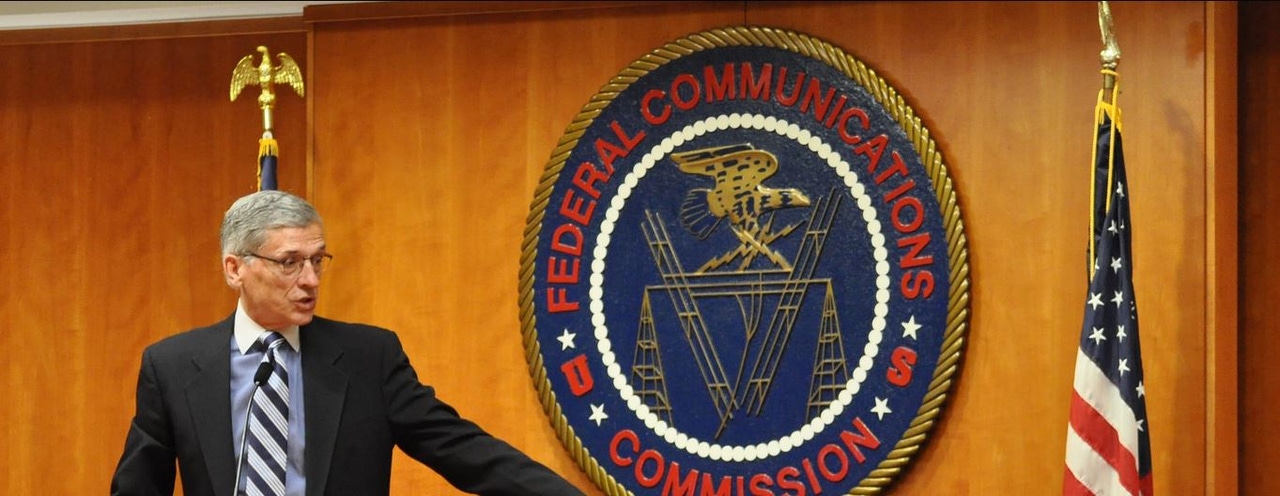FCC unveils 5G spectrum plans while Europe starts 5G “consultation”
FCC chairman Tom Wheeler has announced plans to open up and formalise spectrum requirements for 5G in the US. Meanwhile, Europe is running a survey to begin looking at it.
June 21, 2016

FCC chairman Tom Wheeler has announced plans to open up and formalise spectrum requirements for 5G in the US. Meanwhile, Europe is running a survey to begin looking at it.
In a speech at the National Press Club, Wheeler outlined his views on what the 5G radio requirements will be, and what the FCC has proposed for making the vision into reality. Wheeler spoke at length on the innovative approach 5G will require, and mainly encouraged innovation from industry, with his words suggesting a level of hesitation at the prospect of the FCC regulating its way towards a tempered version of 5G.
After outlining the three most commonly-touted factors which will influence the development of 5G – speed, latency and spectrum – Wheeler announced the Spectrum Frontiers proceeding plans on making more than 14 GHz of unlicensed spectrum available within which carriers can plot their 5G route.
For low band spectrum used for 3G and 4G, 5 or 10 MHz blocks of spectrum have been auctioned off for carriers. Because of the significantly higher frequency bands in play for 5G, substantially wider blocks of spectrum will inevitably be required, and as such the FCC proposed chunks of 200 MHz are sold off for US telcos. “This will allow networks to carry much more traffic per user – gigabits of throughput instead of megabits,” Wheeler said.
After auctioning off the spectrum, Wheeler by and large plans to let US telcos get on with it. The general tone of his speech suggested regulatory impositions and overtly standardised processes will needlessly muddy the waters and slow down 5G progress.
“Rule number one is that the technology should drive the policy rather than the policy drive the technology,” he said. “The future has a way of inventing itself. Turning innovators loose is far preferable to expecting committees and regulators to define the future. We won’t wait for the standards to be first developed in the sometimes arduous standards-setting process or in a government-led activity. Instead, we will make ample spectrum available and then rely on the private sector-led process for producing technical standards best suited for those frequencies and use cases.
“The main value of 5G by far will be in consumption rather than production.”
Wheeler claims such a stance will allow the US to become the 5G leader, in the same way it was “the world leader in 4G”, although some operators in South Korea may contest his claim of the US being at the forefront of the LTE era.
Wheeler also acknowledged that small cell deployment and, more specifically, the backhaul connection thereof will present the biggest challenge for 5G, and that the latter will present as much as 50% of the opex and capex costs of operating the fifth generation wireless network. Plans involving three of the four main wireless telcos in the US are also underway, to help allay any fears over the cost of infrastructure investment driving up prices for the 5G end-user.
With that in mind, Wheeler’s comments appeared to be coming very much from an urban roll-out perspective. There was little in the way of discussion over how 5G will reach the sparse and wide-reaching rural land which makes up such a high proportion of the US geography, beyond a call for satellite, terrestrial and wireless players to collaborate more.
The motion will go through the FCC for approval on the 14th July, and should the proposal be given the thumbs up, it would suggest the US is intent on carving its own path through the 5G road ahead, regardless of international standards efforts going on outside its own borders. Wheeler does concede, however, that 5G won’t be a one off technology rollout, and that constant innovation and change will be required to keep it successful and evolving.
“It is also important, however, to recognise that 5G technology will be in constant evolution,” he said. “It would be a mistake to think 5G can be frozen in a snapshot; it is more like a video with many new scenes, all building on each other. The systems and standards of 5G will be continually improving and evolving.”
Elsewhere, over in Europe, the European Commission has decided to open a consultation on what the industry reckons 5G should be. It is running a survey to get some ideas together, to at least suggest it is making something resembling progress, which closes three days before the FCC intends to make its 5G plans concrete.
About the Author
You May Also Like


.png?width=300&auto=webp&quality=80&disable=upscale)







.png?width=300&auto=webp&quality=80&disable=upscale)


_1.jpg?width=300&auto=webp&quality=80&disable=upscale)